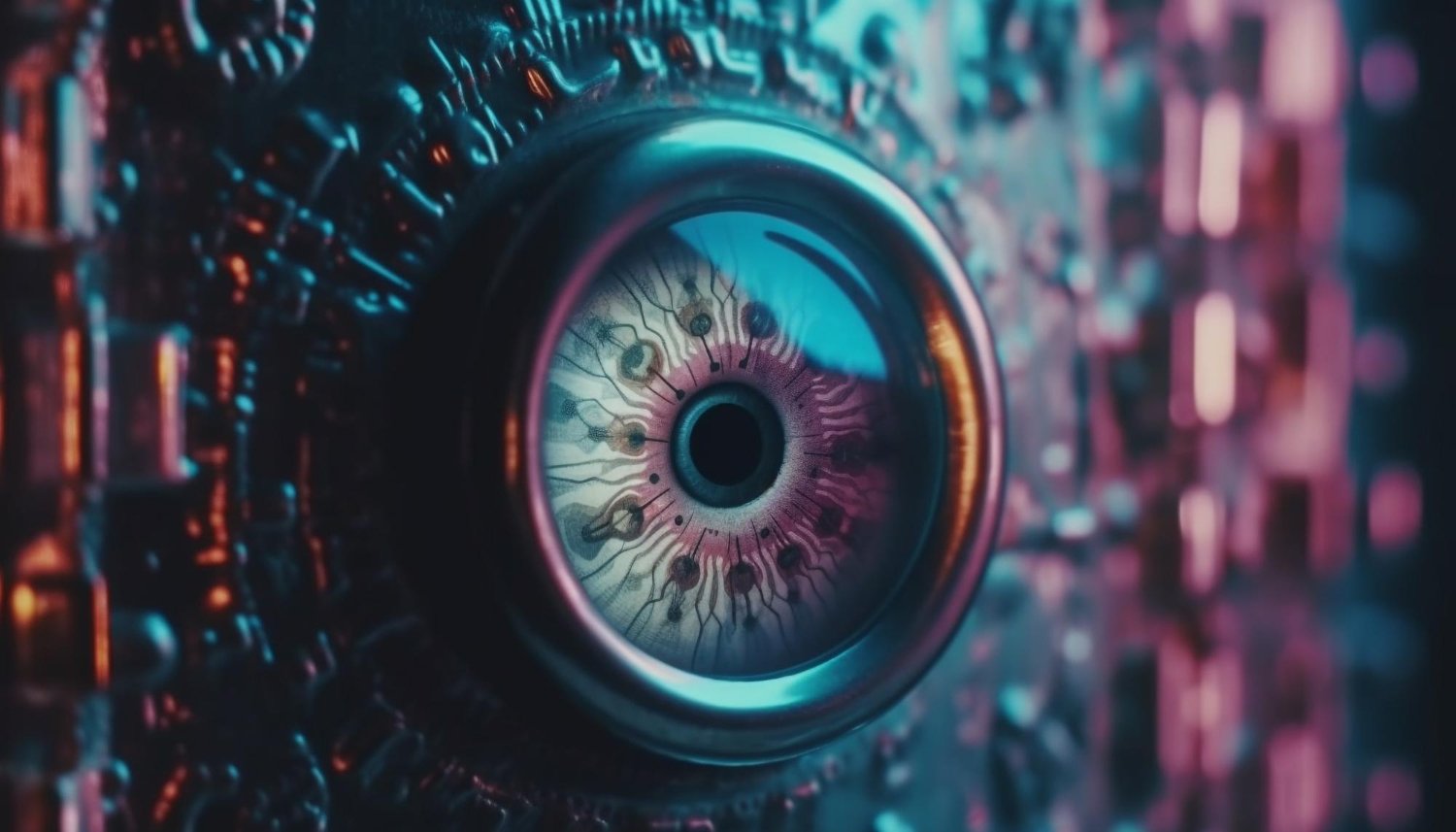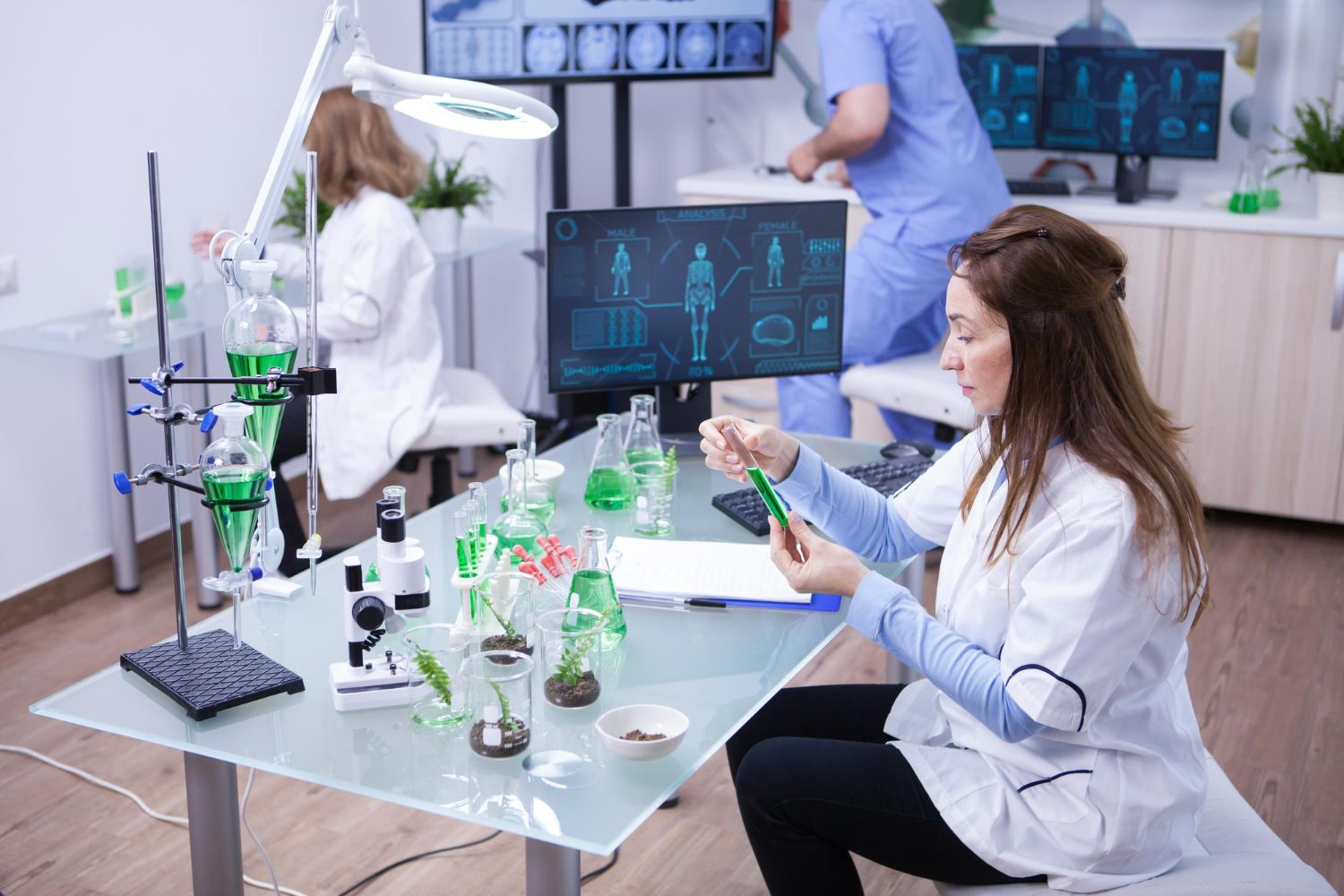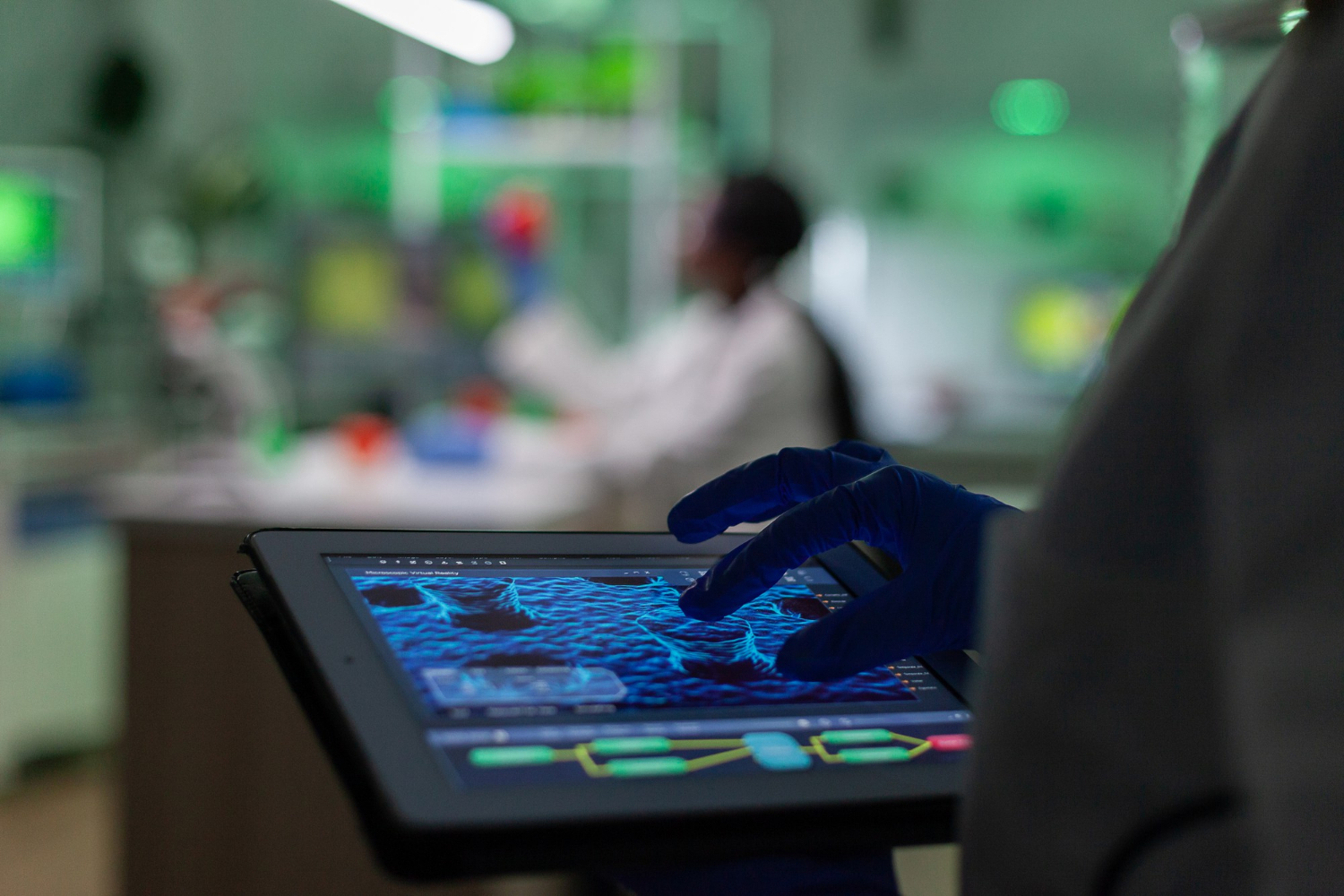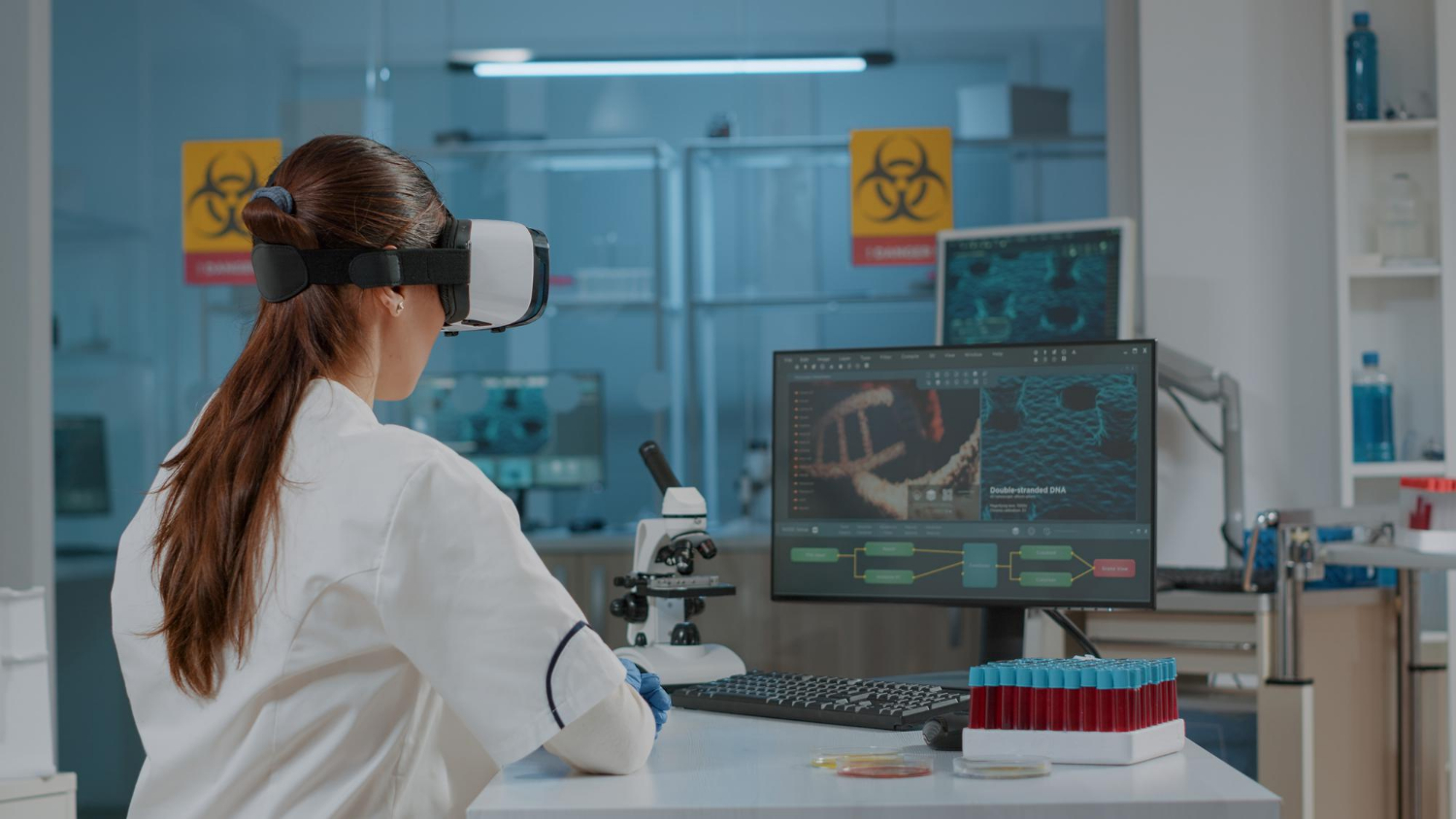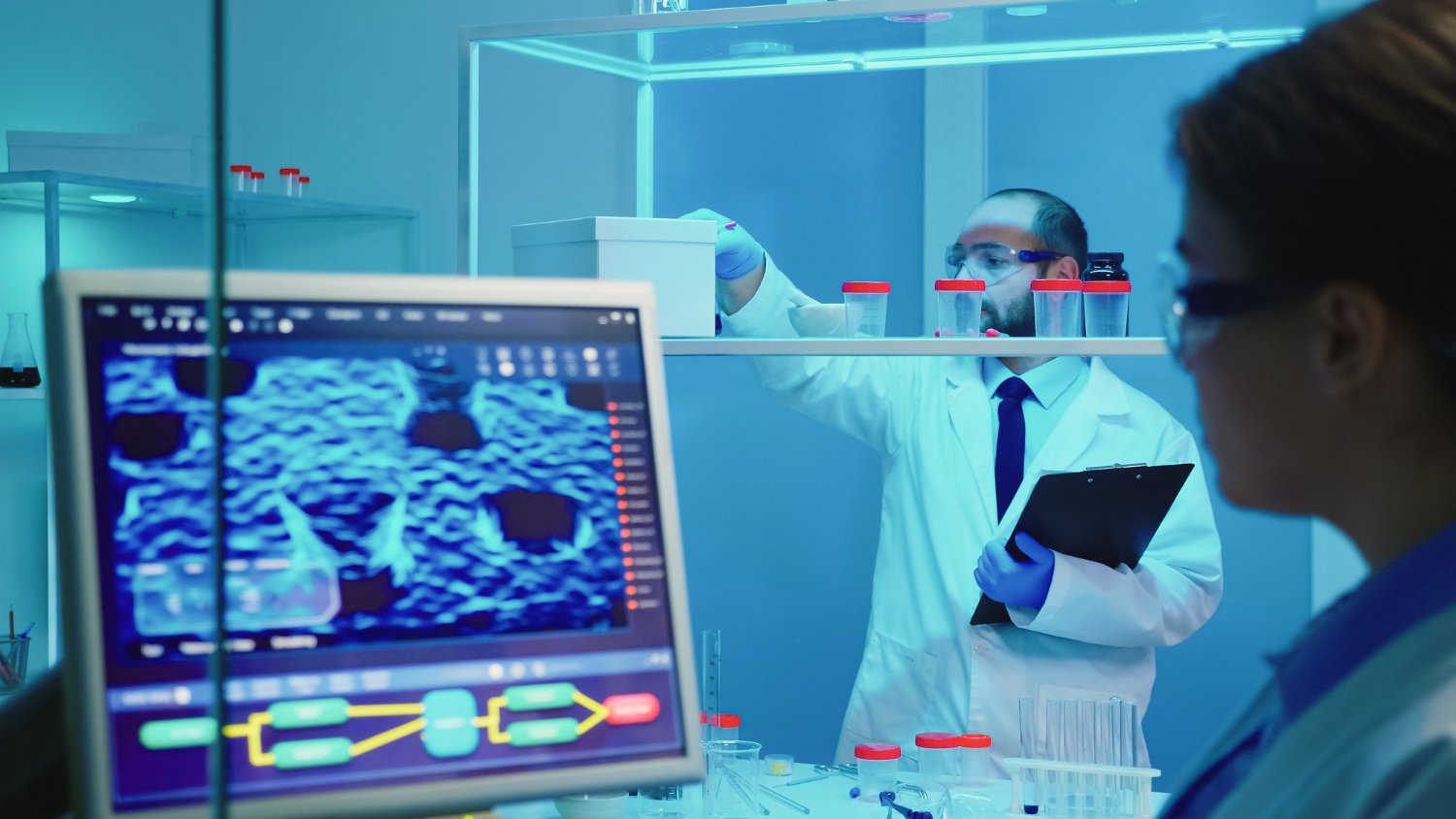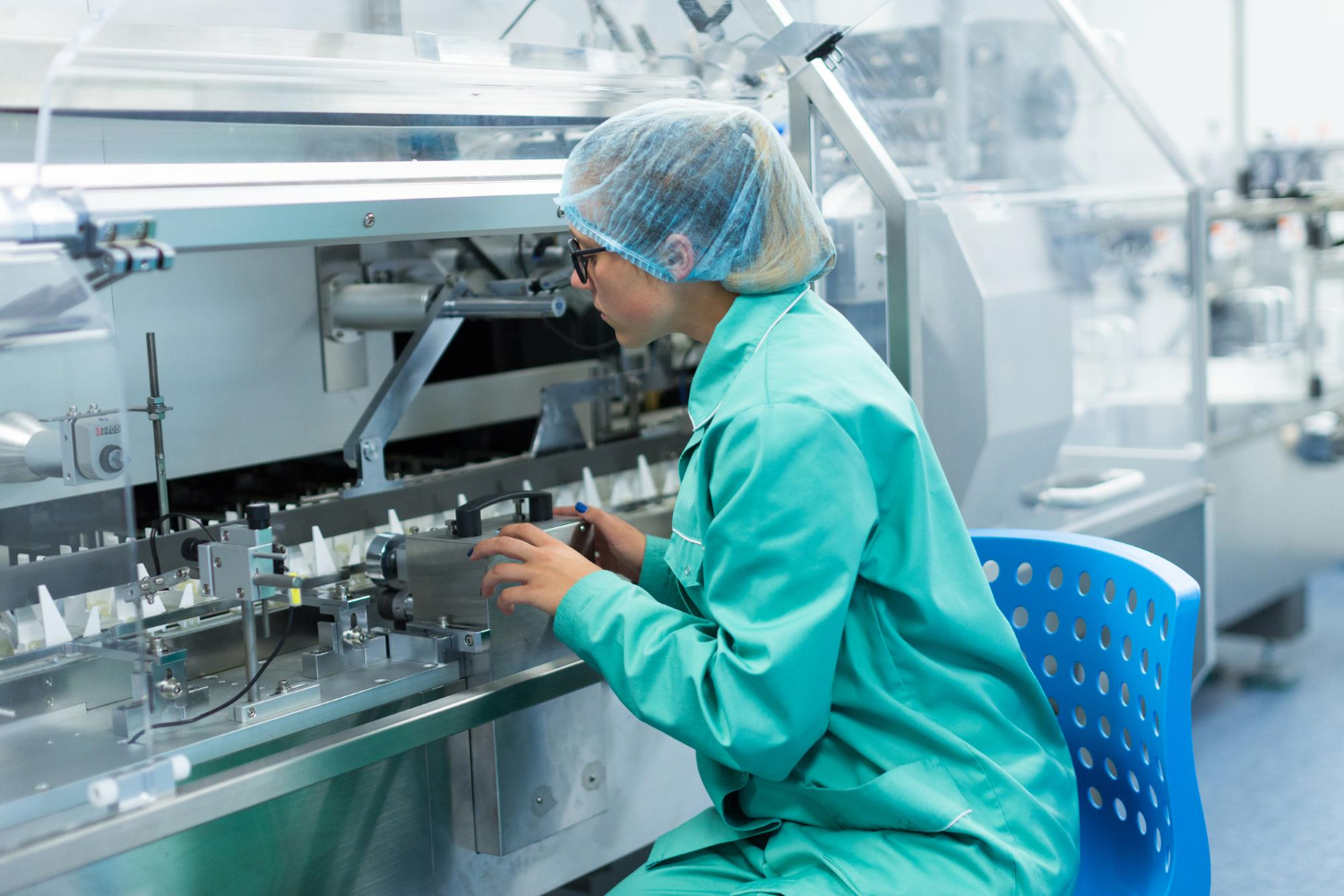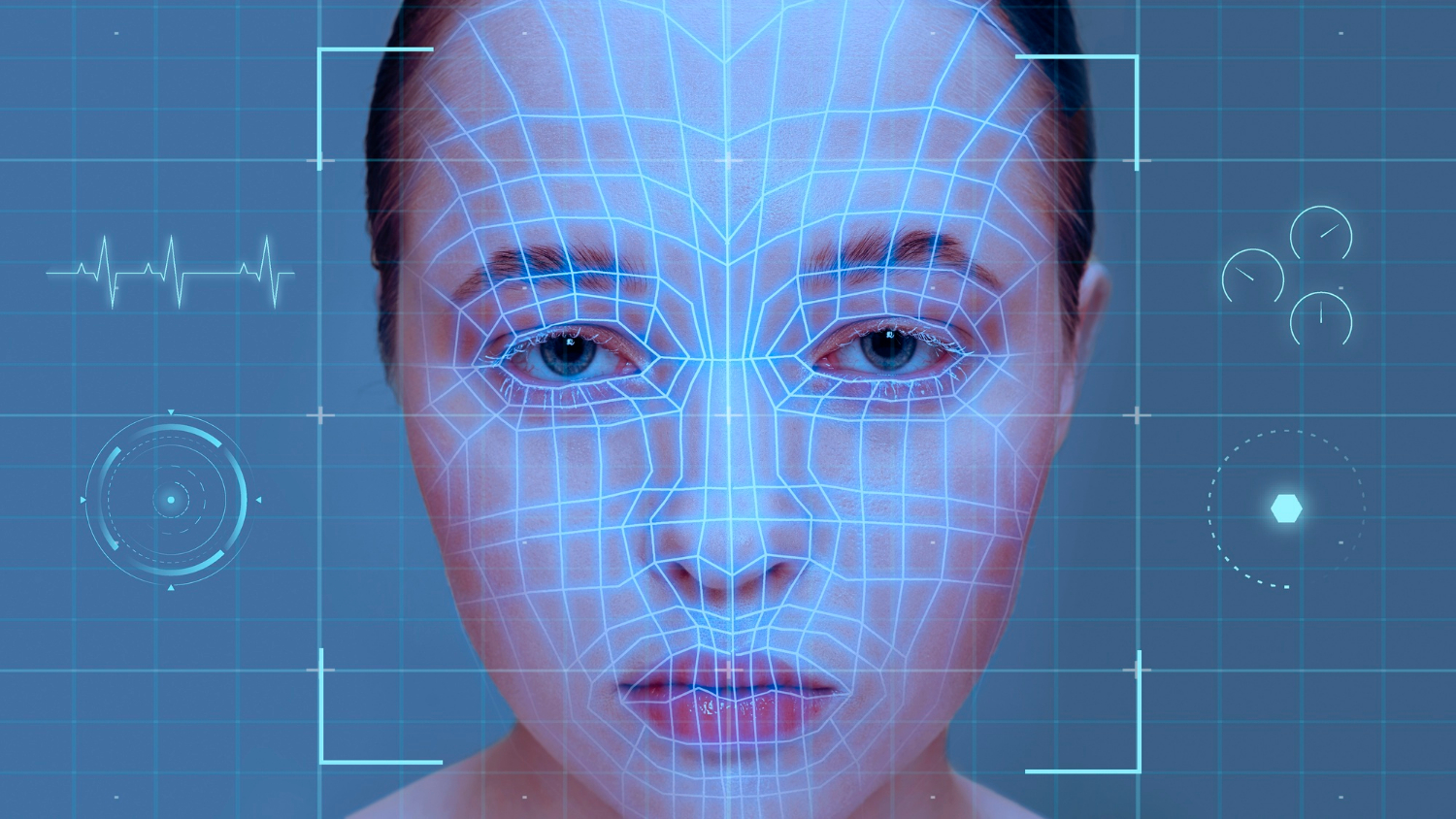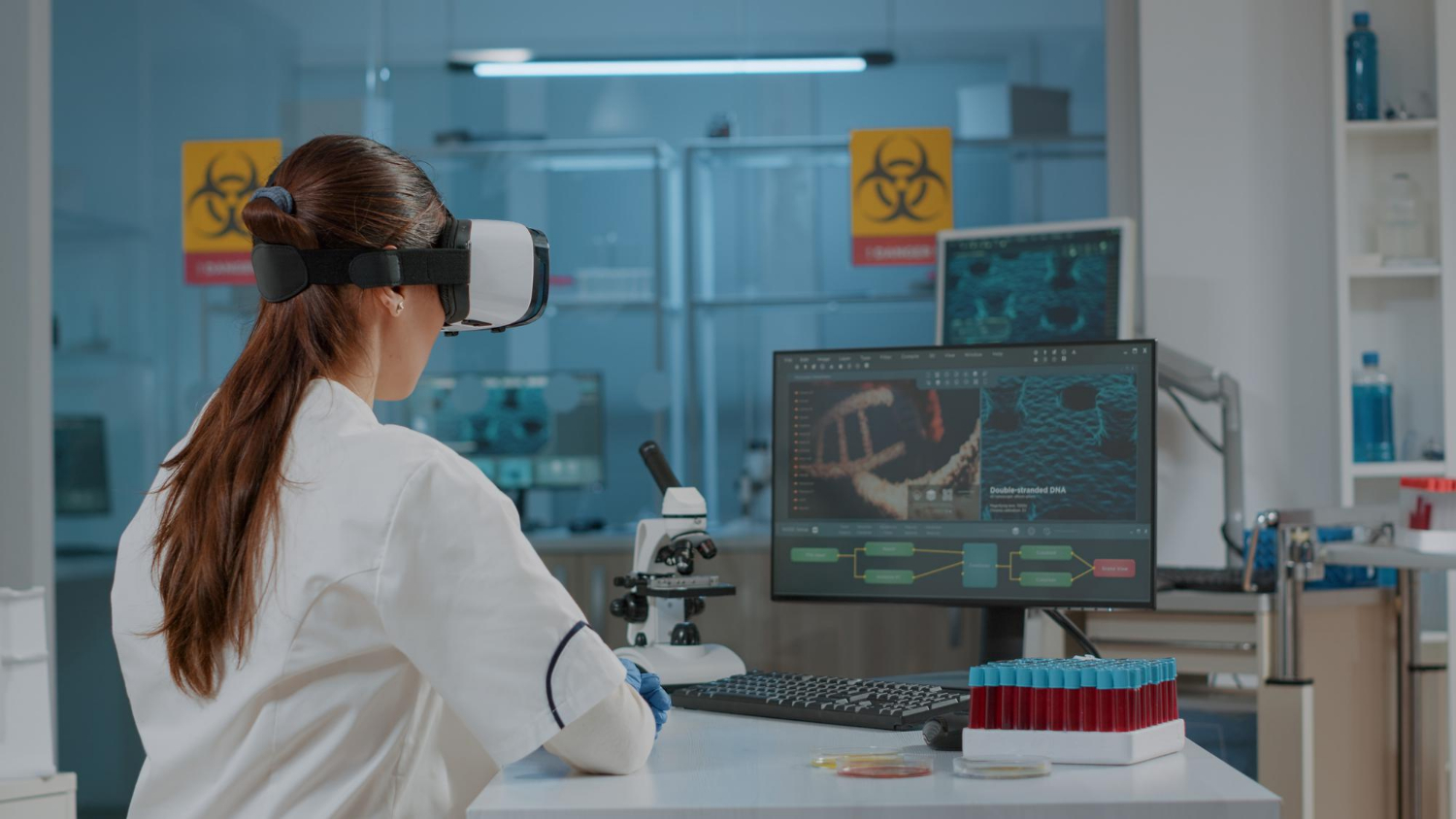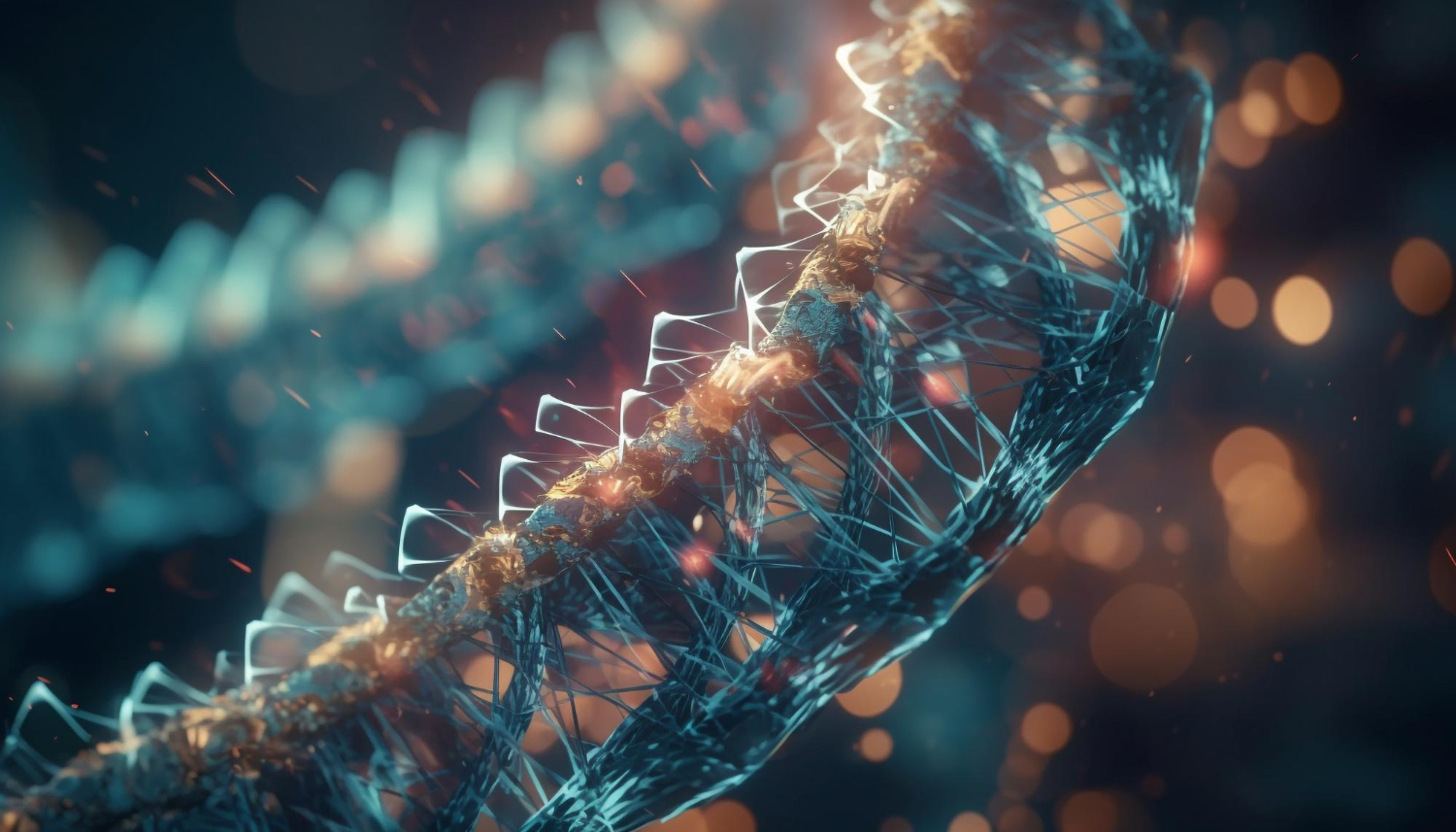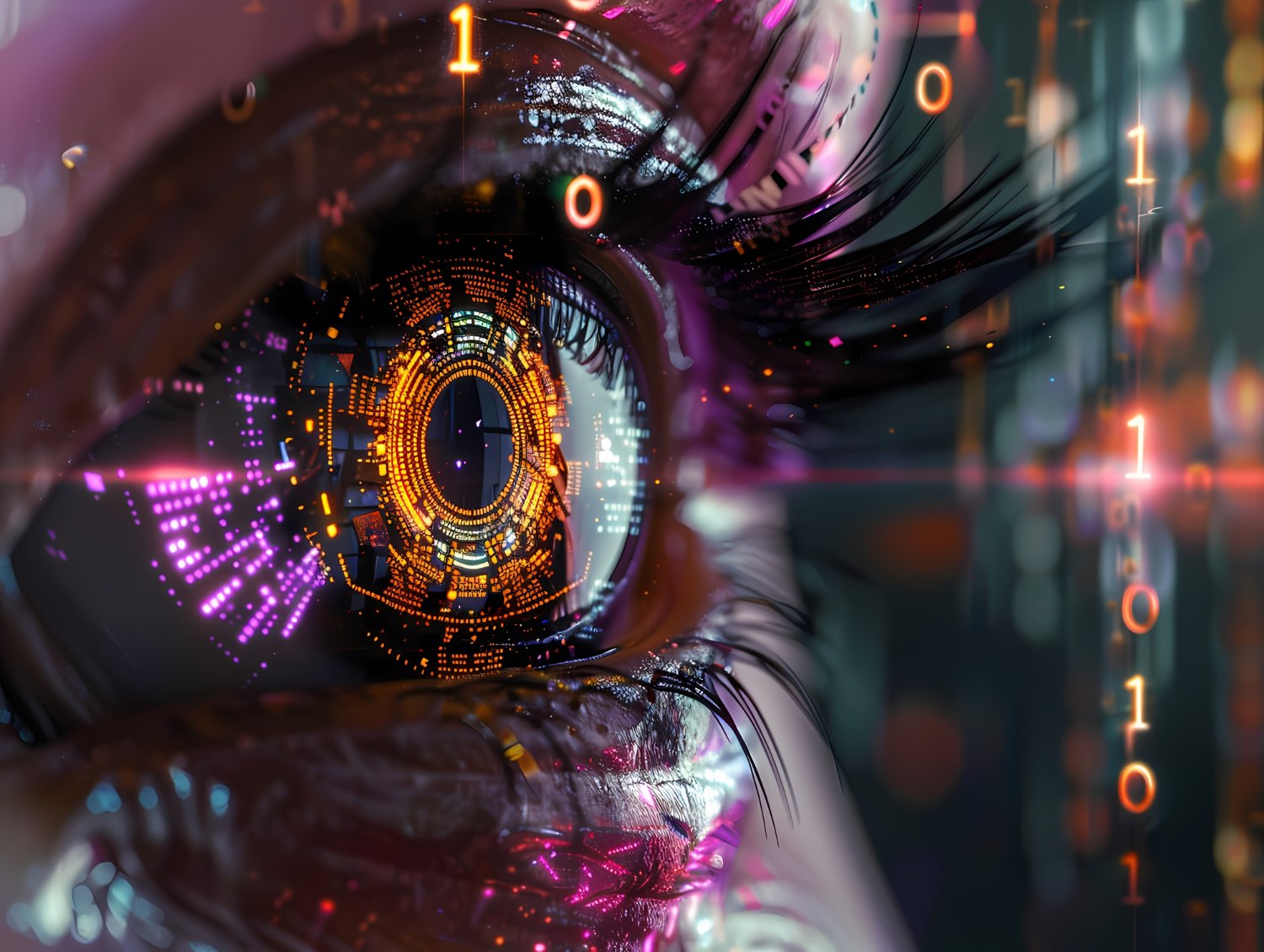Introduction
Computer vision and pattern recognition have transformed how machines interact with digital images. These technologies enable systems to analyse, interpret, and act based on visual data. By combining machine learning and image processing, they improve daily applications like object tracking and medical imaging.
As computer systems evolve, deep learning models and neural networks take centre stage. These innovations help solve complex computer vision tasks efficiently. Let’s explore how computer vision work advances industries, from facial recognition to optical character recognition (OCR).
What Is Computer Vision?
Computer vision involves teaching machines to interpret digital images or videos. It enables systems to replicate human vision processes. This includes recognising objects, analysing patterns, and extracting valuable data.
For instance, computer vision systems use algorithms to identify objects in real-world environments. These systems rely on feature extraction and image analysis to detect shapes, colours, and patterns.
Pattern recognition complements computer vision by identifying recurring elements in data. Together, they form a powerful foundation for many applications.
Advances in Neural Networks
Neural networks have pushed the boundaries of computer vision. Convolutional neural networks (CNNs) stand out for their role in image processing. CNNs process visual data by focusing on small sections of an image. This approach mimics how humans analyse visual details.
Deep learning models have improved tasks like object detection and facial recognition. They excel at finding patterns in large datasets. For example, a neural network can analyse thousands of faces to identify subtle differences.
These advances enable faster and more accurate analysis of images or videos. Industries like healthcare, security, and retail rely heavily on these technologies.
Applications in Medical Imaging
Medical imaging has seen significant improvements due to computer vision. Doctors use computer vision systems for tasks like:
-
Detecting tumours in scans.
-
Analysing X-rays.
-
Monitoring disease progression.
Deep learning models improve accuracy in diagnosing diseases. For instance, convolutional neural networks can analyse medical scans to identify early signs of cancer.
Pattern recognition algorithms also play a role. They help detect subtle changes in medical images that might indicate health issues.
This technology reduces errors, enhances early detection, and improves patient outcomes.
Read more: Machine Learning, Deep Learning, LLMs and GenAI Compared
Object Detection and Tracking
Object detection is a critical task in computer vision work. It identifies specific objects within images or videos. Applications include surveillance, traffic management, and robotics.
Object tracking goes a step further by following an object’s movement across frames. For example, drones use object tracking to monitor wildlife or inspect infrastructure.
Neural networks and machine learning models make these tasks more efficient. They can process real-time data to ensure accurate tracking.
Facial Recognition
Facial recognition has gained popularity in recent years. This application identifies individuals by analysing facial features. It relies on feature extraction and deep learning models.
Facial recognition is widely used in security and personal devices. For example, smartphones use facial recognition for unlocking screens. Airports use it for faster passenger verification.
While effective, facial recognition raises privacy concerns. Striking a balance between functionality and ethical use is essential.
Optical Character Recognition (OCR)
OCR technology converts text from images into machine-readable formats. This includes scanned documents, printed text, and handwritten notes.
OCR relies on pattern recognition algorithms to identify characters. Industries like banking widely use it for cheque processing, which requires text recognition.
Machine learning improves OCR accuracy by learning different fonts and writing styles. This makes it a reliable tool for extracting information from various sources.
Read more: Computer Vision and Image Understanding
Challenges in Computer Vision
Despite advancements, computer vision faces challenges. One major issue is data quality. Neural networks need high-quality training data to perform well. Poor data leads to inaccurate results.
Another challenge is computational power. Deep learning models require significant resources to process large datasets. This limits accessibility for smaller organisations.
Privacy is also a concern, especially in applications like facial recognition. Ensuring ethical use is crucial for gaining public trust.
Pattern Recognition in Business
Pattern recognition has transformed business operations. Companies use it to analyse customer behaviour, optimise processes, and predict trends.
Retailers rely on pattern recognition to study shopping habits. This helps in recommending products and planning inventory.
In manufacturing, pattern recognition algorithms detect defects in products. This ensures consistent quality in production.
By integrating these technologies, businesses achieve specific goals efficiently.
The Role of Machine Learning
Machine learning is at the core of computer vision and pattern recognition. It enables systems to learn from data and improve over time.
Machine learning algorithms help automate tasks like:
-
Image classification.
-
Object detection.
-
Feature extraction.
For instance, a machine learning model can sort images into categories based on their content. This simplifies organising large datasets.
By combining machine learning with neural networks, developers create intelligent AI systems that adapt to complex tasks.
Real-Time Processing with Edge Computing
Edge computing is revolutionising computer vision applications. Instead of relying on cloud-based systems, edge computing processes data locally. This reduces latency and makes real-time decision-making possible.
For example, autonomous vehicles depend on edge computing to process images and videos from cameras. These vehicles must analyse their surroundings instantly to make driving decisions.
Similarly, in security, surveillance cameras equipped with edge computing can detect threats immediately. This eliminates delays caused by sending data to remote servers.
Edge computing also enhances privacy. By processing data locally, it minimises the risk of sensitive information being exposed.
This approach complements deep learning models, making computer vision tasks faster and more efficient. Industries like healthcare, retail, and transportation benefit significantly from this combination.
The Importance of Annotated Data
Annotated data is the backbone of successful computer vision systems. Models are trained using labelled data that guides them to recognise patterns, objects, and features.
For instance, training a neural network for facial recognition requires thousands of labelled images. These labels identify features like eyes, nose, and mouth. This helps the model learn what to look for in new images.
In medical imaging, annotated data is crucial for detecting abnormalities. Radiologists label scans to teach models how to identify tumours or fractures.
However, creating annotated data is time-consuming and resource-intensive. Tools that automate this process are gaining popularity. They help speed up the training of machine learning algorithms without compromising accuracy.
Read more: Internet of Medical Things: All Medical Devices Communicating
Ethical Considerations in Computer Vision
As computer vision advances, ethical concerns become more prominent. Issues like bias, privacy, and misuse of technology need addressing.
Bias in training data can lead to unfair outcomes. For example, facial recognition systems may perform poorly on certain demographics if the training data is unbalanced. Ensuring diverse datasets is essential to prevent bias.
Privacy is another significant concern. Applications like surveillance and facial recognition can invade personal space. Regulations must ensure that people use these technologies responsibly.
Misuse of computer vision systems, such as deepfake generation, poses challenges. Developers must create these technologies with safeguards to prevent unethical use.
By addressing these concerns, developers can create systems that benefit society while minimising risks.
Advances in Feature Extraction
Feature extraction is a key step in computer vision work. It involves identifying important elements in images or videos that help models make decisions.
Traditional methods relied on manual techniques to extract features. Modern approaches use machine learning and neural networks. These methods are faster and more accurate.
For example, in object detection, feature extraction helps identify shapes, textures, and colours. In medical imaging, it highlights areas of interest in scans for further examination.
Convolutional neural networks excel at feature extraction. They process data layer by layer, identifying patterns and details automatically. This has improved applications like object tracking and pattern recognition significantly.
Future advancements will make feature extraction even more precise. This will enhance tasks like real-time analyzing and automated decision-making.
Applications in Retail
Retail is leveraging computer vision to improve customer experience and operations. From inventory management to personalised shopping, the applications are vast.
Computer vision systems track stock levels in real time. Cameras monitor shelves and alert staff when products run low. This ensures items are always available for customers.
Companies use facial recognition for personalised marketing. It helps identify customers and tailor promotions based on their preferences. For example, a customer entering a store could receive special offers on their favourite products.
Pattern recognition analyses shopping behaviours to predict trends. Retailers use this data to optimise store layouts and improve sales.
By integrating computer vision with other technologies, retail businesses can achieve specific goals efficiently.
Read more: How Computer Vision Transforms the Retail Industry
Object Detection in Public Safety
Object detection plays a critical role in ensuring public safety. From monitoring traffic to detecting suspicious items, its applications are widespread.
In urban areas, object detection systems monitor traffic flow. They identify accidents, congestions, or violations, enabling quicker responses.
Airports and train stations use these systems to detect unattended bags. This helps prevent potential security threats.
Neural networks improve the accuracy of these systems. They analyse data from multiple sources, ensuring reliable detection even in complex environments.
As cities become smarter, object detection will continue to enhance safety and security measures.
Enhanced Interaction with Augmented Reality
Augmented reality (AR) benefits greatly from advances in computer vision and pattern recognition. AR overlays digital elements onto the real world environment, creating interactive experiences.
For instance, AR apps use computer vision to recognise surfaces and place virtual objects. Many industries widely use this technology in gaming, education, and retail.
In education, AR helps students visualise complex concepts by interacting with 3D models. In retail, customers use AR to try products virtually before purchasing.
Pattern recognition enables seamless interaction between users and AR systems. It identifies gestures, objects, and environments, ensuring a smooth experience.
With continuous advancements, AR applications will become more immersive and practical.
Read more: VR for Education: Transforming Learning Experiences
Computer Vision in Robotics
Robotics heavily relies on computer vision for navigation and task execution. Robots use vision systems to perceive their surroundings and make informed decisions.
In manufacturing, robots equipped with object detection sort and assemble components. They ensure precision and reduce errors.
In healthcare, robotic systems assist in surgeries. They use medical imaging to guide procedures, improving accuracy and patient outcomes.
Autonomous drones rely on object tracking and pattern recognition to perform tasks like surveillance and delivery.
As robotics advances, the integration of computer vision will enable more sophisticated capabilities.
Read more: Computer Vision, Robotics, and Autonomous Systems
Future Trends
The future of computer vision and pattern recognition looks promising. New technologies aim to make these systems faster, more accurate, and accessible.
For example, combining deep learning models with edge computing allows real-time processing. This is ideal for applications like autonomous vehicles, where speed is crucial.
Improved algorithms for feature extraction will enhance tasks like medical imaging. Better pattern recognition will lead to more reliable AI applications.
As advancements continue, industries will benefit from more efficient solutions.
TechnoLynx: Driving Innovation
At TechnoLynx, we specialise in computer vision and pattern recognition. Our team develops tailored solutions for businesses across industries.
Whether you need advanced computer vision systems or machine learning algorithms, we deliver results. From medical imaging to object tracking, we utilise our expertise to meet your goals.
Partner with TechnoLynx to integrate these technologies into your business. Together, we’ll create intelligent solutions for your unique needs.
Continue reading: Computer Vision, Robotics, and Autonomous Systems
Image credits: Freepik

